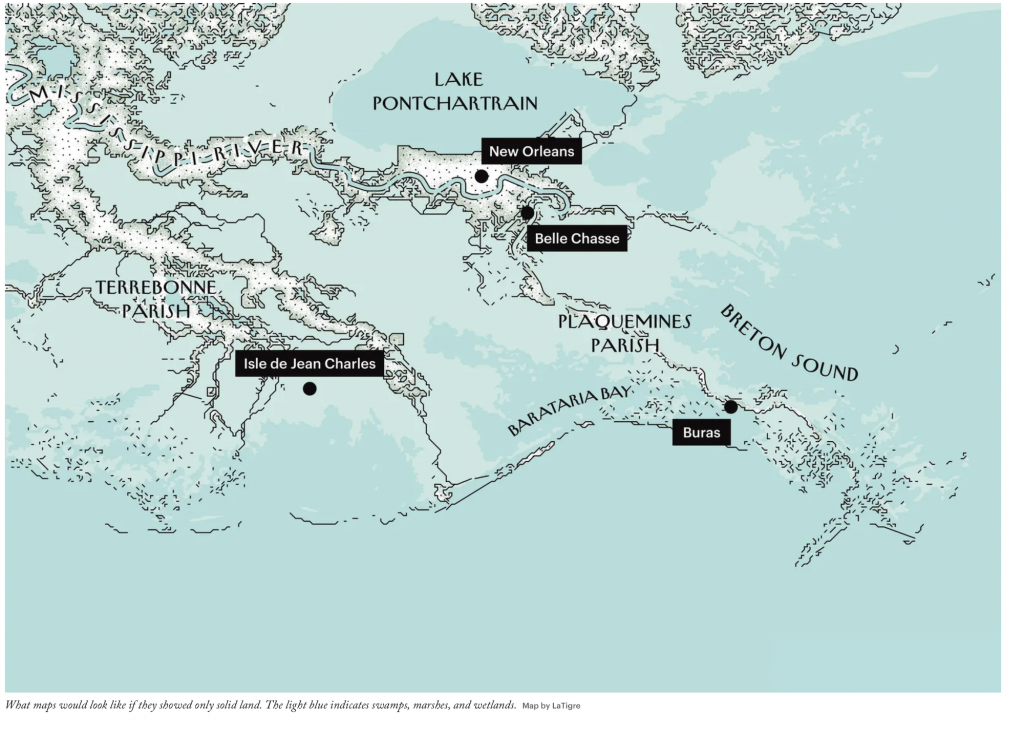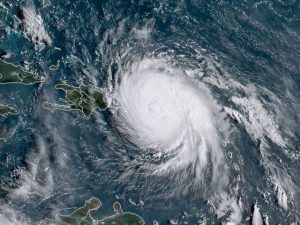“What, then, is the American, this new man?”, Hector St. John de Crevecoeur
asked over two centuries ago. It is with the response to this familiar defining
question that American national opera–just as American national painting or
American national fiction–must necessarily be concerned.
Certainly the quip that “American national opera is an oxymoron” is not
without justification. The repertoire has a long enough history, but its enduring
successes have been comparatively few. Nevertheless, an interesting body of
such work has emerged that treats American themes and American
experience, that wrestles with the essential question of the meaning of being
American. And on any short list of those operas would be Douglas Moore’s
The Ballad of Baby Doe.
The leitmotif of Moore’s operatic output, from the singspiel Devil and Daniel
Webster that he wrote with playwright Stephen Vincent Benet in 1939 to his
final opera about the prohibitionist Carry Nation in 1966, was Americana. In a
sense, Moore is the Vaughan Williams of America music, or, to change the
figure, a musical stylist much as Graham Greene or Anne Tyler are literary
ones. His work is comparatively simple and accessible, with familiar melodic
ideas and a ready theatrical sense. Indeed, Moore’s music, while neither
complex nor cerebral, has an “authenticity” that, as the composer Yehudi
Wyner comments, causes a listener “mysteriously, to grow increasingly fond
of it.”
One of Baby Doe’s greatest strengths is John Latouche’s inspired libretto.
Latouche, who had a remarkable ear for the American idiom, assembled here
our vernacular in a manner at once poetic and natural. Whole scenes are
written using collections of cleverly captured clichés and oral rhythms woven
together musically; they have an ease which makes them seem more a part of
a play than of an opera. It is recitative that ripples with reality.
The story is quintessentially American as well. It chronicles an actual incident
in nineteenth century history that involved common folk-ordinary Americans
trying to survive, succeed, find love and fortune and meaning in a world of
rapidly shifting values and mores. It’s a love triangle involving Colorado’s
silver king, Horace Tabor, his puritanical wife Augusta, and Elizabeth “Baby”
Doe, the “miners’ sweetheart” who would become the classic “other woman.”
It’s a story with political, social, and fiscal implications redolent of daily life
even now–indeed, with the Clinton-Lewinsky affair prominent in the press,
one of the lines, “another administration scandal,” broke up the Boston
audience during a recent matinee!
Baby Doe has acquired an orthodox performance canon over the years,
shaped to a large degree by the recording with Beverly Sills in the title role and
Emerson Buckley conducting. But recent productions–in Hartford,
Washington, D.C. and Kansas City–have shown some experimentation in
both staging and directing, and January’s Boston mounting offered powerful
new insights that may contribute to a revised performance tradition.
Boston brought together the rare combination of a woman as director and a
woman as conductor, rendered even rarer by the fact that both are former
sopranos (and one, director Sharon Daniels, have been a well-regarded Baby
Doe). Daniels seems to sense the essence of this opera to be relationship, and
thus emphasized not only the usual political and social aspects of its use of
Americana, but also its preoccupation with “moving west” as a personal
journey, and with the reinvention urge that seems to overcome so many of us
at mid-life.
…
This is an epic tale, to be sure, but it’s an epic of dailiness. The Tabor were
real people, and their quest was homely rather than heroic–or heroic because
it was homely. It’s an epic for the America of Studs Terkel, not for the Greece
of Homer. And it is precisely this dailiness, this ordinariness, this “folks like
us” quality that suffuses American opera as a genre. This is what we see, for
instance, in Porgy’s enduring optimism, in the unintended tragedy of the
Maurrants in Weill’s Street Scene, in John Proctor’s all-too-human nobility in
Ward’s Crucible, in Susan B. Anthony’s pensive reflection on the meaning of
her own “long life” which concludes Thomson’s Mother of Us All.
And perhaps that finally is what makes American national opera significant–its
ability to capture the essence of how we live, of the relationships we choose
and the frontiers we conquer and the messes we make, of how our lives have
become an enduring historical answer to de Crevecoeur’s question. This “new
man, this American”–flawed, fumbling and free–is at the center of America’s
national operas, and is quintessentially depicted in The Ballad of Baby Doe.


